Filter by
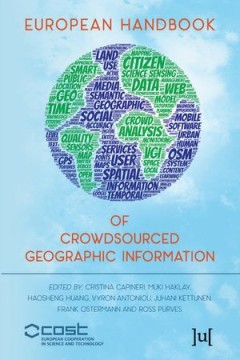
European Handbook of Crowdsourced Geographic Information
This book focuses on the study of the remarkable new source of geographic information that has become available in the form of user-generated content accessible over the Internet through mobile and Web applications
- Edition
- -
- ISBN/ISSN
- 9781909188808
- Collation
- -
- Series Title
- -
- Call Number
- T 372.891 HAK e
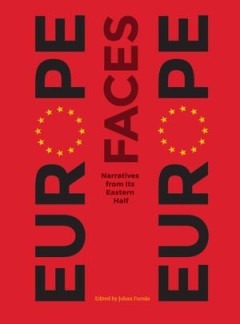
Europe Faces Europe; Narratives from Its Eastern Half
Europe Faces Europe examines Eastern European perspectives on European identity.
- Edition
- -
- ISBN/ISSN
- 9781783207510
- Collation
- -
- Series Title
- -
- Call Number
- T 390.09 FOR e

Erinnerungsorte in Belgien; Instrumente lokaler, regionaler und nationaler Si…
Die Identitätsbildung des heutigen Belgiens ist durch ein komplexes Zusammenspiel von Regionen,
- Edition
- -
- ISBN/ISSN
- 9780000000597, 9783839445150
- Collation
- -
- Series Title
- -
- Call Number
- T 300.9 KAM e
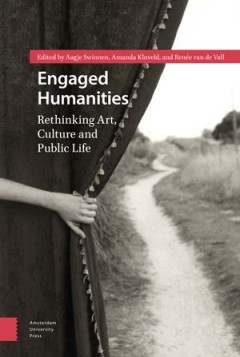
Engaged Humanities; Rethinking Art, Culture, and Public Life
What is the role of the humanities at the start of 21st century? In the last few decades, the various disciplines of the humanities (history, linguistics, literary studies, art history, media studies) have encountered a broad range of challenges, related to the future of print culture, to shifts in funding strategies, and to the changing contours of culture and society.
- Edition
- -
- ISBN/ISSN
- 9789048550401
- Collation
- -
- Series Title
- -
- Call Number
- T 300.9 SWI e
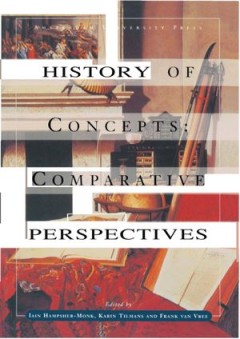
History of Concepts : Comparative Perspectives
Although vastly influential in German-speaking Europe, conceptual history (Begriffsgeschichte) has until now received little attention in English. This genre of intellectual history differs from both the French history of mentalités and the Anglophone history of discourses by positing the concept - the key occupier of significant syntactical space - as the object of historical investigation. C…
- Edition
- -
- ISBN/ISSN
- 905356306 7
- Collation
- -
- Series Title
- -
- Call Number
- 900 HIS
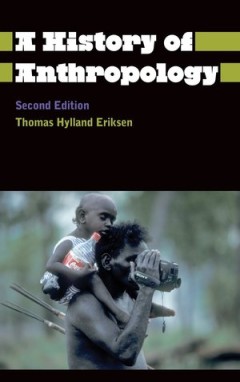
A History of Anthropology
This is a thoroughly updated and revised edition of a popular classic of modern anthropology. Avoiding geographical bias, the authors provide summaries of Enlightenment, Romantic and Victorian anthropology, from the cultural theories of Morgan and Taylor to the often neglected contributions of German scholars. The ambiguous relationship between anthropology and national cultures is also conside…
- Edition
- -
- ISBN/ISSN
- 978 1 8496 4919 3
- Collation
- -
- Series Title
- -
- Call Number
- 301.09 ERI h

Historicizing the Uses of the Past : Scandinavian Perspectives on History Cul…
This book presents new developments in Scandinavian memory cultures related to World War II and the Holocaust by combining this focus with the perspective of history didactics. The theoretical framework of historical consciousness offers an approach linking individual and collective uses and re-uses of the past to the question how history can and should be taught. It also offers some examples o…
- Edition
- -
- ISBN/ISSN
- 9783837613254
- Collation
- -
- Series Title
- -
- Call Number
- 948 HIS

Competition and Cooperation in Social and Political Sciences: Proceedings of …
The book contains essays on current issues in Social and Political Sciences, such as the issues of governance and social order; social development and community development; global challenges and inequality; civil society and social movement; IT-based community and social transformation; poverty alleviation and corporate social responsibility; and gender issues. Asia and the Pacifi c are the pa…
- Edition
- -
- ISBN/ISSN
- 9781315213620
- Collation
- -
- Series Title
- -
- Call Number
- 959 COM c
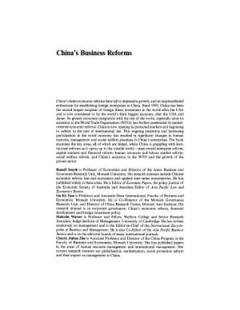
China's Business Reforms
China's recent economic reforms have led to impressive growth, and an unprecedented enthusiasm for establishing foreign enterprises in China. Since 1993, China has been the second largest recipient of foreign direct investment in the world and is now considered to be the world's third biggest economy. Its greater economic integration with the rest of the world, especially since its accession to…
- Edition
- -
- ISBN/ISSN
- 9780203537039
- Collation
- -
- Series Title
- -
- Call Number
- 337.51 CHI c
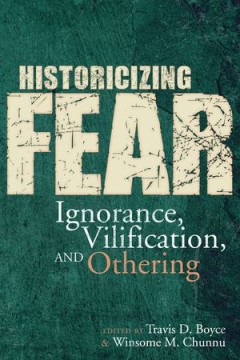
Historicizing Fear : Ignorance, Vilification, and Othering
Historicizing Fear is a historical interrogation of the use of fear as a tool to vilify and persecute groups and individuals from a global perspective, offering an unflinching look at racism, fearful framing, oppression, and marginalization across human history. The book examines fear and Othering from a historical context, providing a better understanding of how power and oppression are used i…
- Edition
- -
- ISBN/ISSN
- 9781646420025
- Collation
- -
- Series Title
- -
- Call Number
- 305.8 HIS
 Computer Science, Information & General Works
Computer Science, Information & General Works  Philosophy & Psychology
Philosophy & Psychology  Religion
Religion  Social Sciences
Social Sciences  Language
Language  Pure Science
Pure Science  Applied Sciences
Applied Sciences  Art & Recreation
Art & Recreation  Literature
Literature  History & Geography
History & Geography